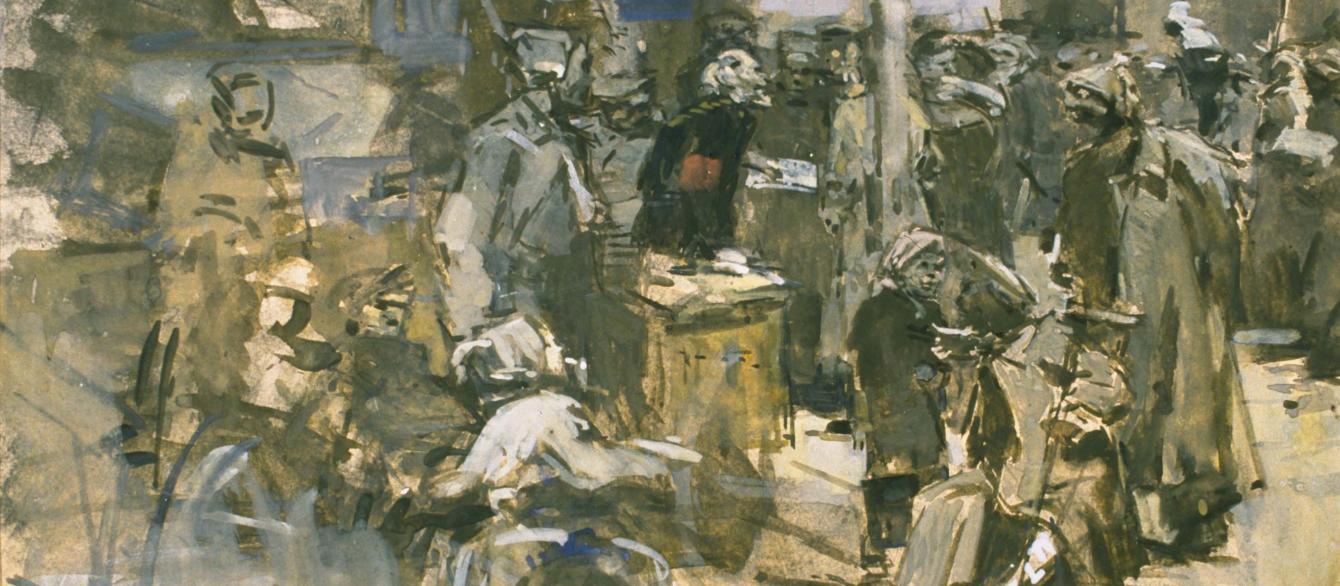For half a century, the Soviet authorities sought to marginalize and eliminate Jewish art and culture, brutally forcing artists into the rigid confines of Socialist Realism. Discussion of the Holocaust, with few notable exceptions, was not allowed. Those who resisted perished––their work was destroyed or hidden away in closed archives. Despite the odds, Jewish art not only persisted but continued to flourish. Kultur-Lige, a Jewish movement that originated in Kyiv in 1918, expanded to become an international phenomenon in the 1920s. Its artists created a radically new avant-garde representing secular Jewish culture. The experiment was short-lived. Kultur-Lige closed in 1930. In 1932 Stalin banned independent artistic groups, and soon thereafter, countless Jews perished during the Great Terror and the Holocaust. The seminar discusses attempts after 1945 by a new generation of artists to come to terms with the extreme repression of Jewish culture and Jewish life under Soviet and Nazi rule.
Accessibility
The Davis Center for Russian and Eurasian Studies at Harvard University encourages persons with disabilities to participate in its programs and activities. If you anticipate needing any type of accommodation or have questions about the physical access provided, please contact us at 617-495-4037 or daviscenter@fas.harvard.edu in advance of your participation or visit. Requests for Sign Language interpreters and/or CART providers should be made at least two weeks in advance if possible. Please note that the Davis Center will make every effort to secure services but that services are subject to availability.




